As someone who has played Overwatch since the beta in 2016, I find Marvel Rivals elicits many of the feelings we got from launch-state Overwatch. While the Marvel IP and Overwatch‘s game philosophy have already done a lot of hard work for the Marvel Rivals team, several changes, upgrades, and innovations set the game apart and allow it to stand on its own two feet.
10 reasons Marvel Rivals is better than Overwatch
1) Dynamic stages
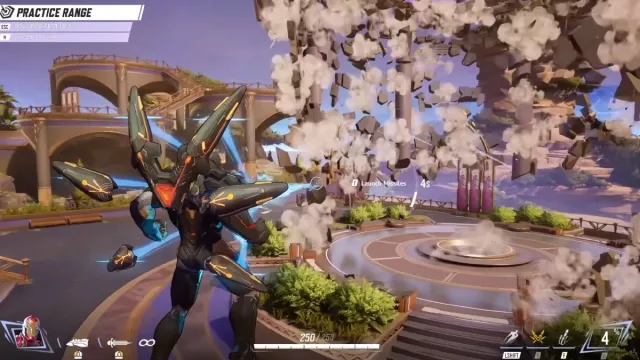
One of the most charming aspects of Marvel Rivals is how much personality each stage has as you play through different objectives, sections, and levels. The objective is usually tied to the game’s lore, and several maps will have both destructible and interactive environments. The destructible environments aren’t just cosmetic, as they can open new paths, create doors and level entire buildings. Meanwhile, other maps have mechanics like angering the Panther gods or moving walls that make the stages feel alive and important rather than being just another environment to hash out team fights on.
2) Lore integration
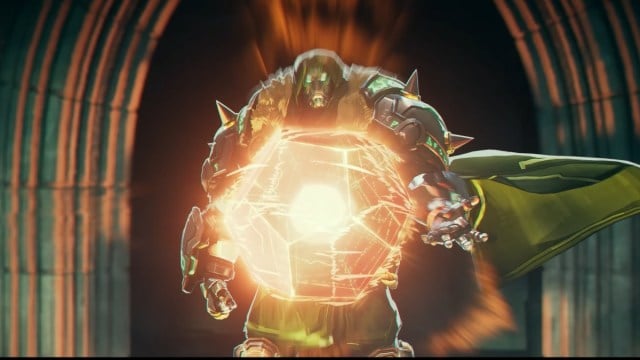
Speaking of lore integration in stages, Marvel Rivals gives lore some much-needed love and importance. You get rewards for reading lore, and each stage has its own story, unique cutscenes, and character events to tell you more about it. Many characters interact with each other with quips and buffs, making Team-ups feel even more meaningful. Naturally, the game benefits from being able to pull new characters from the Marvel roster and its established IP as the basis of their lore, but Overwatch 2’s failure to deliver on promised story and PvE content drove a lot of negative sentiments towards the game.
3) Battle pass design
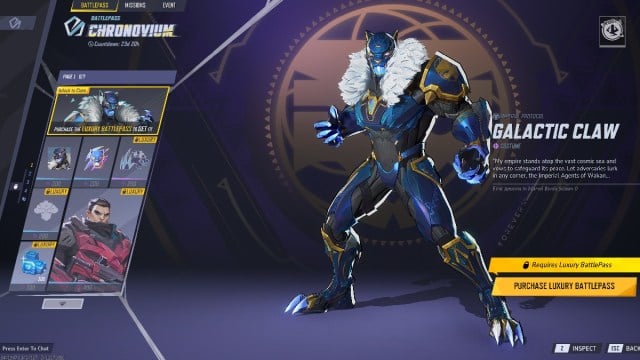
Marvel Rivals has received a ton of praise for its battle pass pricing and design, as they’ve released a $10 pass that never expires once you buy it. Furthermore, you can earn the currency for these battle passes by doing quests at your own pace, eliminating the predatory practice of exploiting FOMO. You can even choose the order of which items you want to unlock from the battle pass stage yourself, making it feel even more player-oriented. The skins aren’t currently on the same level as Overwatch, but the foundation here is extremely solid.
4) Hero balancing (everyone is broken)
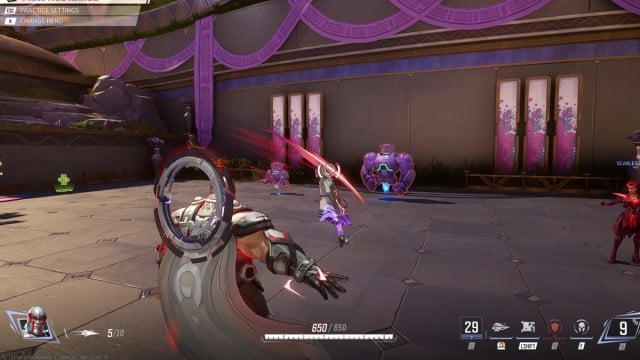
Marvel Rivals is a lot like how Overwatch was in its early years. Every character feels like they have something broken about them—which is incredibly fun for many people. While this isn’t exactly the best state for the competitive side of things, if you’re a casual player who wants to hop on to their favorite Marvel characters, chances are that character is extremely powerful. As the age-old saying goes, when everyone is broken, nobody is broken.
5) Hero bans in Competitive
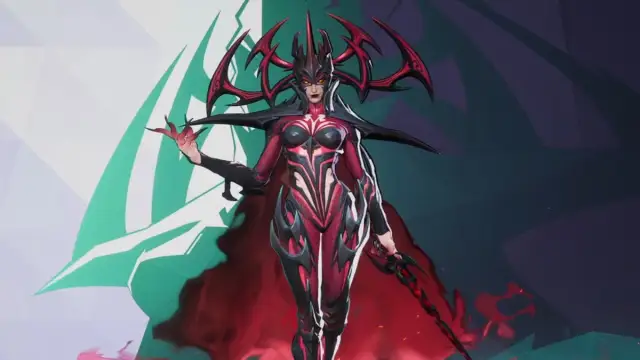
To combat the naturally imbalanced nature of the game where some characters will simply be way stronger than others and dominate games, higher-tier ranks in competitive have access to hero bans. These bans are great, as they ensure no single team comp or character dominates the high ranks and the meta doesn’t stagnate. Bans add a whole new layer of strategy for high-rank team comps as well, as you can either target meta units or specific counters for your team’s playstyle.
6) Team-up abilities and buffs
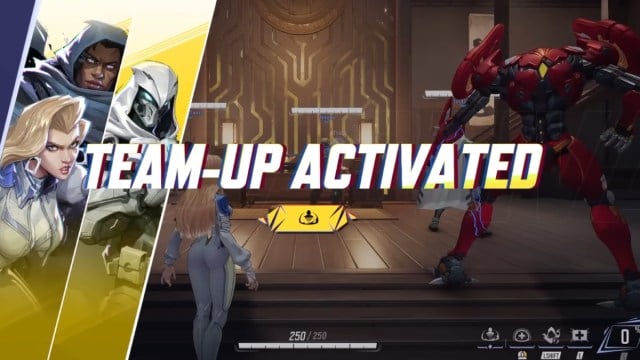
Team-up bonuses are easily some of the most powerful buffs you can get in Marvel Rivals by playing two or more characters from the same factions together. They can make the difference between a character being bad or completely overpowered with the right setup. Since you can have multiple Team-ups, it makes picking the right characters both important and incredibly fun. Mixed with all the dynamic environments and colorful presentation, the Team-up abilities give the game a very cinematic feel and future potential for much more.
7) Emphasis on team play
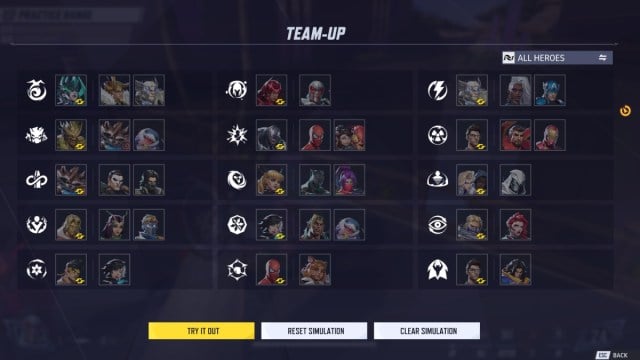
This is not necessarily to say that one is better than the other, but Marvel Rivals is a much more team-oriented game right now compared to Overwatch’s solo-player-oriented playstyle. If your team isn’t carrying their weight and planning together, you’ll have a hard time. The game isn’t designed in a way where one player is meant to 1v6, unless you’re a professional player smurfing on complete noobs. This design philosophy is apparent in how the gameplay is much more methodical and relies on utilizing Team-up buffs.
8) Queue times

One of the best parts of playing Marvel Rivals is not having to wait several minutes on end to get into a game, especially if you plan on it. Marvel Rivals has surpassed Overwatch’s player count and has many more active players to pit together in lobbies. There’s only a few seconds of wait for most games thanks to the large concurrent player count, and this momentum is likely to keep going for a while.
9) Free-form team making
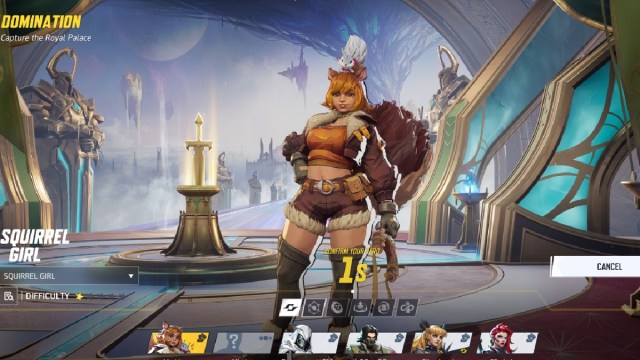
One of the reasons queue times are so short is that Marvel Rivals allows you the freedom to make whatever sort of team you want, similar to early Overwatch. There is no role queue—yet. You don’t have to play two tanks, two DPS, and two support. Play what you want, swap to whatever you want, and coordinate with your team. Not everyone will have good teamwork, but those who do will benefit greatly from a much wider array of fun strategies. Furthermore, this makes counterpicking in Marvel Rivals a lot more integral to every fight, as many characters have a rock-paper-scissors style balance.
10) 6v6
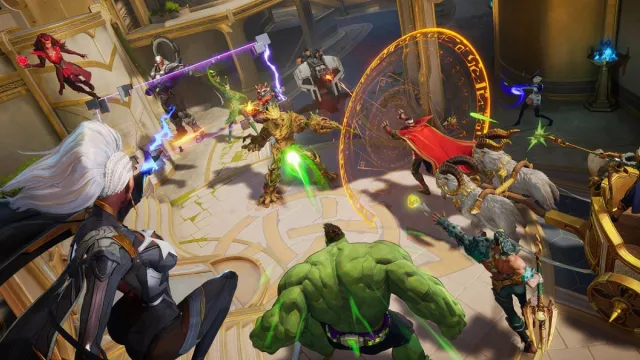
Last but not least, the 6v6 format is something that most Overwatch players believe to be superior. Marvel Rivals fully embraces the chaos of 6v6, and you can see the game becoming a complete mess to follow as abilities are cast and ultimates are activated. Marvel Rivals‘ 6v6 is distinct from Overwatch due to a lack of role queue, but it also has its own chaotic identity that is a joy for casual players and just another skill ceiling to surpass for competitive ones.



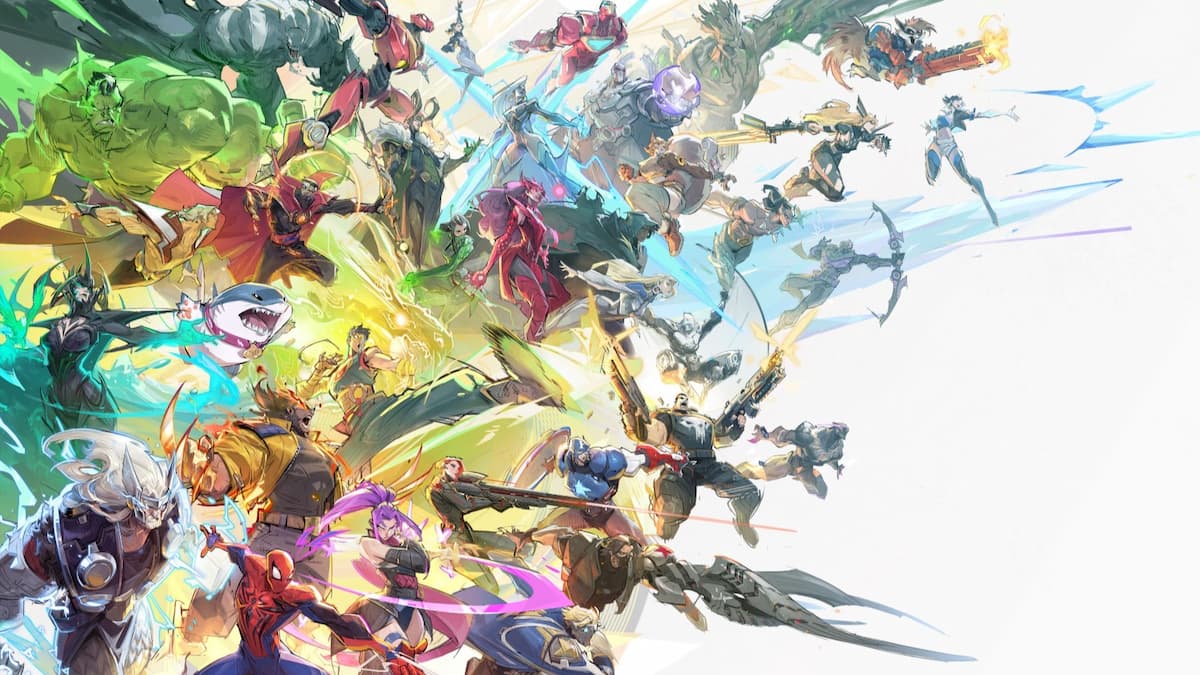
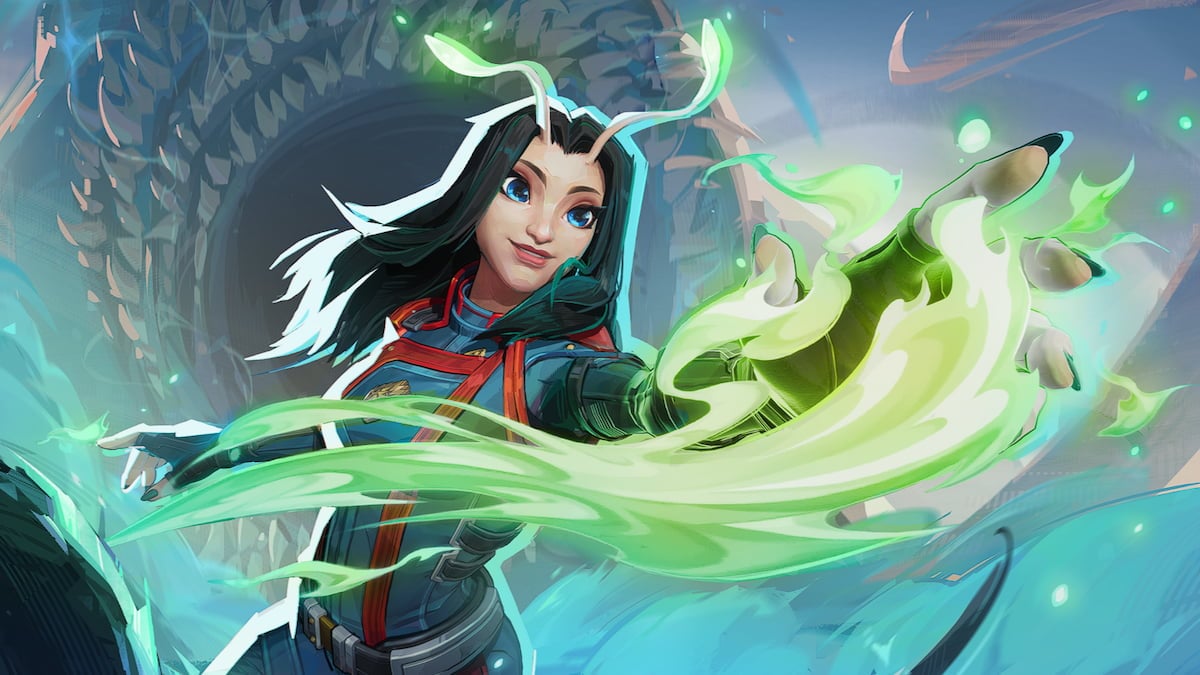
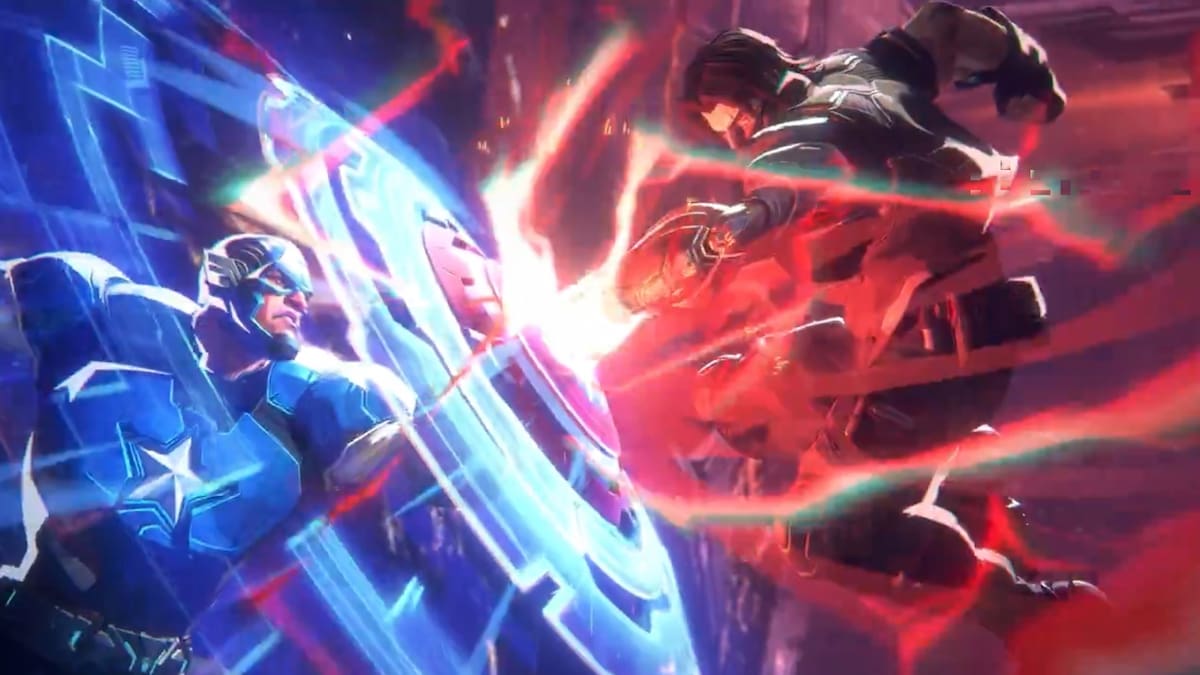
Published: Dec 17, 2024 12:30 pm